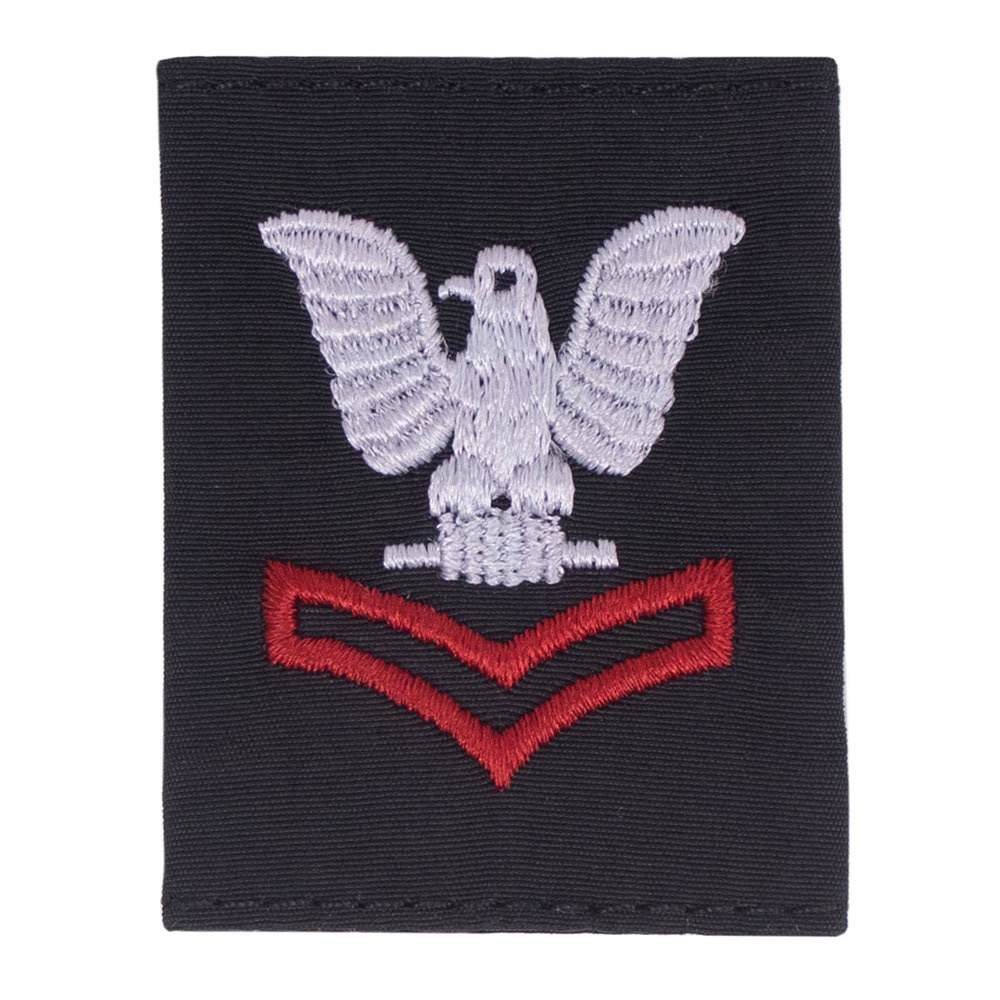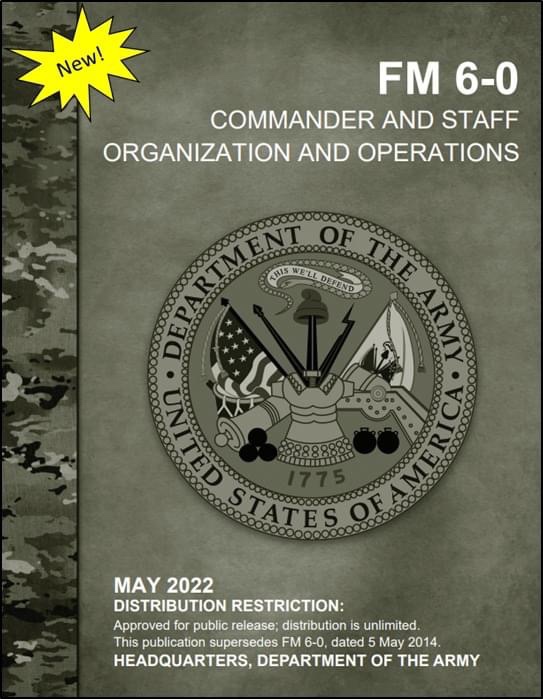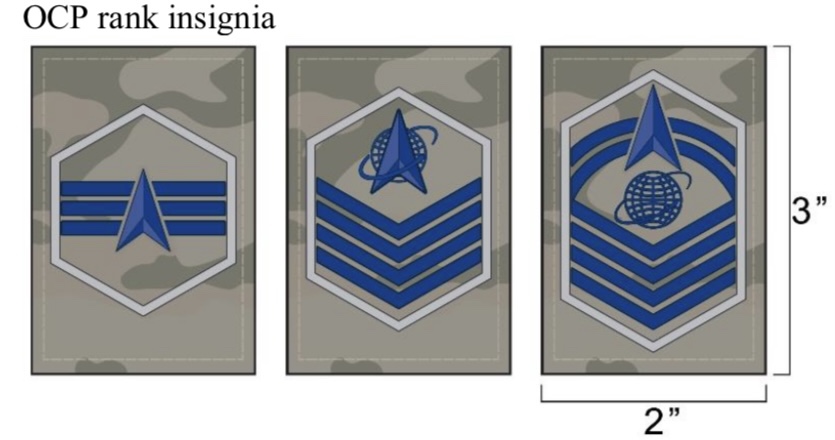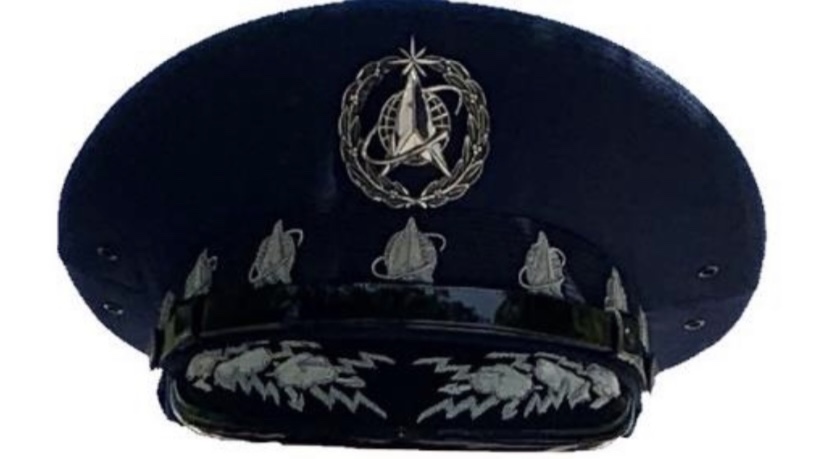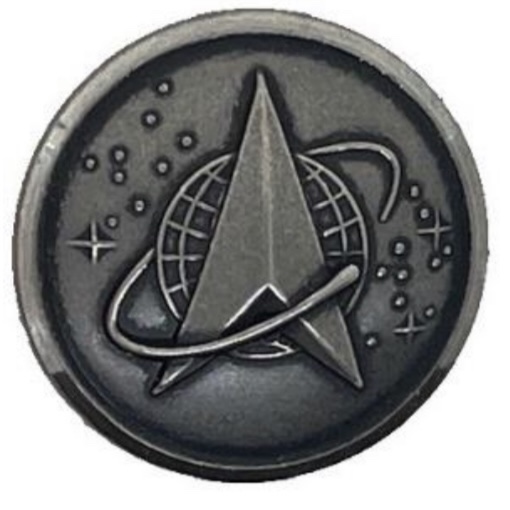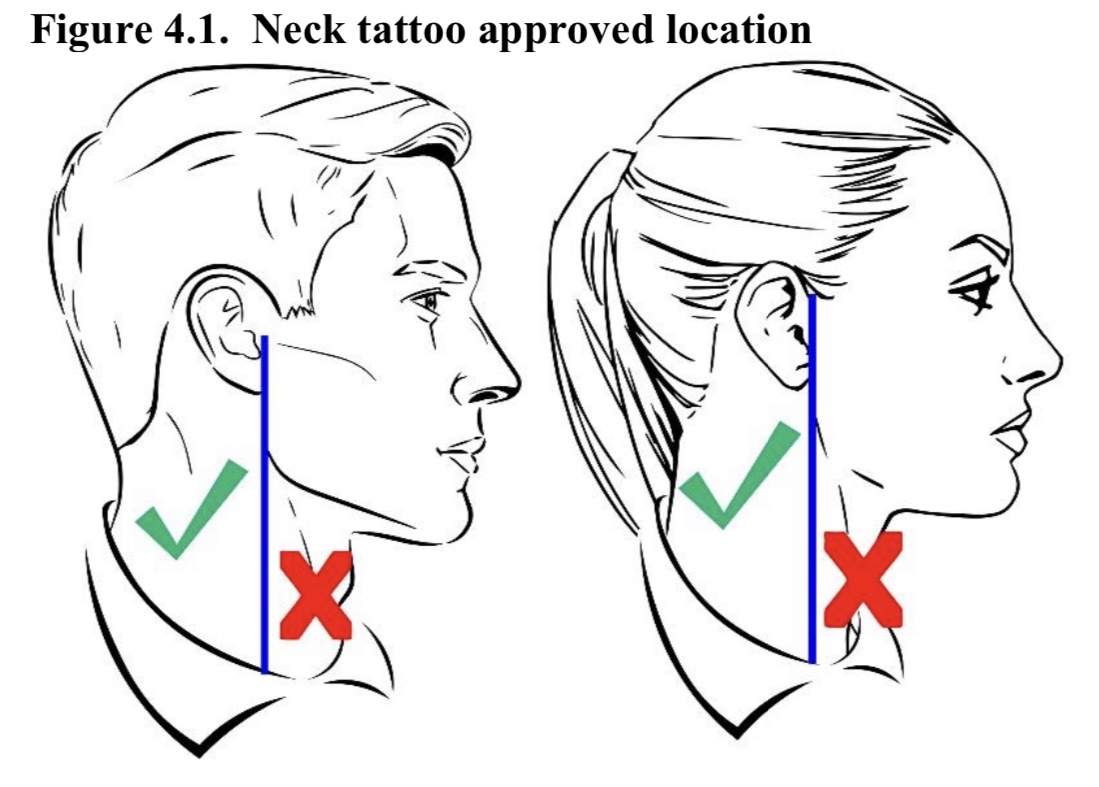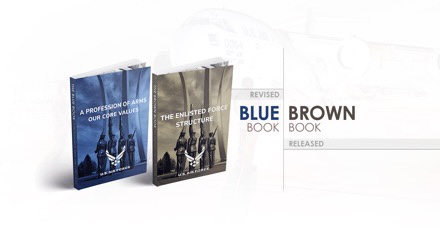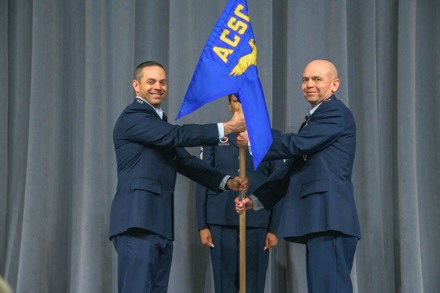FORT BENNING, Ga. — U.S. service members throughout the Department of Defense, along with partner nations, converged at Fort Benning, Georgia, April 4-11 to compete during U.S. Army Infantry Week.
Infantry Week supports service members’ readiness by providing a controlled, high-pressure environment to validate tactics, techniques and procedures, test the latest doctrine, highlight Infantry initiatives and build esprit de corps through competition and camaraderie.
An annual event hosted by the U.S. Army Infantry School, Infantry Week is the venue for some of the most physically and mentally demanding challenges any Soldier can face in a U.S. Army competition.
Infantry Week is comprised of three events: the International Sniper Competition, the All-Army Lacerda Cup Combatives Competition and the Best Ranger Competition.
The week kicked off with the International Sniper Competition where teams competed in a three-day test of precision, technique and teamwork.
Instructors from the U.S. Army Infantry School designed a gauntlet that challenged each three-person team’s ability to work together within a range of sniper skills. Events included long-range marksmanship, observation, reconnaissance, communications and the ability to move with stealth.
The sniper team from U.S. Army 2nd Special Warfare Training Group (Airborne), based at Fort Bragg, North Carolina, earned the title of the world’s best sniper team.
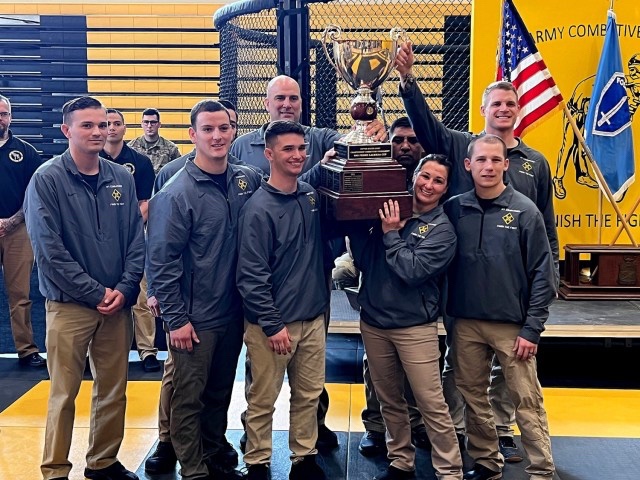
The All-Army Lacerda Cup Combatives Competition features teams of eight individuals from across the Army who competed in a three-day event, hand-to-hand, for the tournament titles. Soldiers went in head-to-head matches against opponents in their respective weight classes.
The competition enhances unit combat readiness by building Soldiers’ personal courage, confidence and resiliency as well as situational responsiveness to close quarters’ threats in the operational environment.
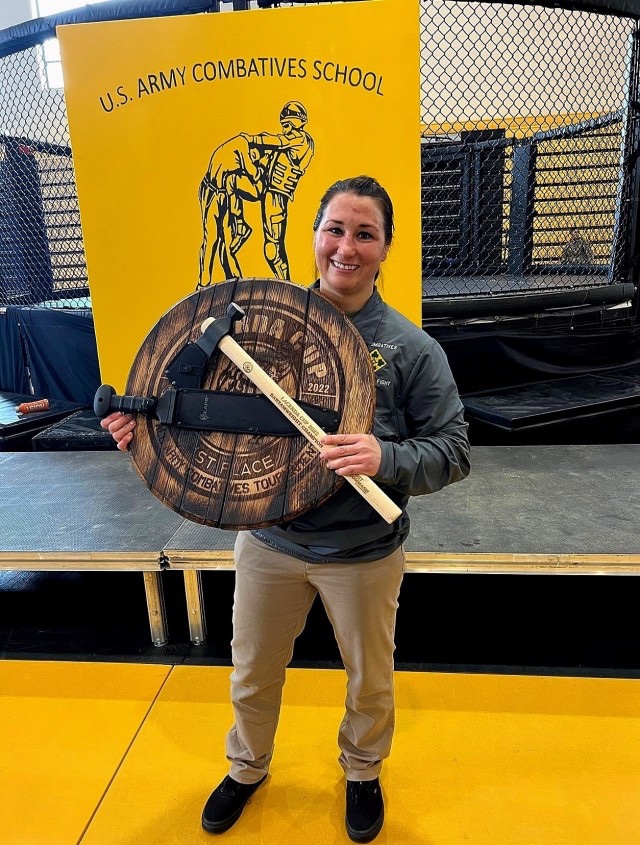
U.S. Army Staff Sgt. Sharon Jacobson, from Colorado Springs, Colorado, became the first female noncommissioned officer to win the Lacerda Cup Combatives Competition.
“It’s an honor. It’s amazing. I’m the first NCO enlisted female Soldier to do it. It feels really good. I’m really proud of myself,” said Jacobson. “These competitions push Soldiers and NCOs to their limits both mentally and physically.”
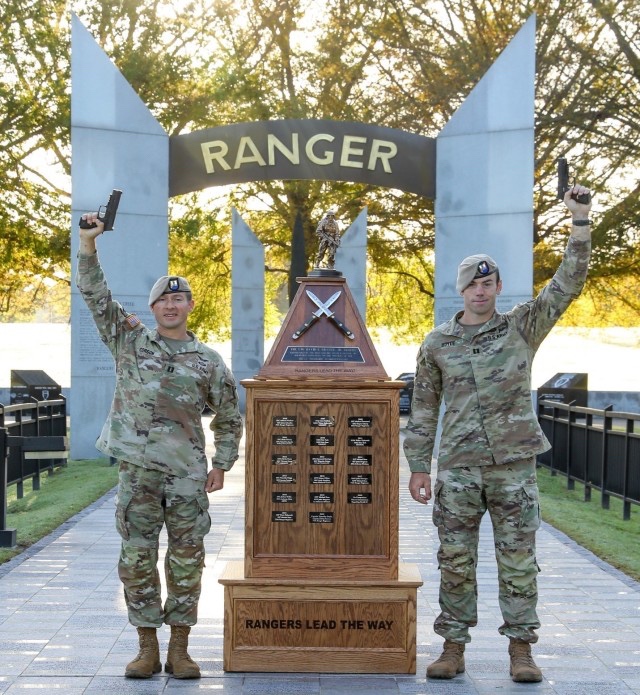
This year, U.S. Army Ranger-qualified two-person teams competed in the David E. Grange Jr. Best Ranger Competition. The grueling 60-hour event tested each team’s physical, mental, technical and tactical skills. Back-to-back events featured weapons firing, extended foot marches, land-navigation courses and Ranger-specific tasks.
The winners of the 2022 David E. Grange Jr. Best Ranger Competition representing the 75th Ranger Regiment were Capts. Joshua Corson and Tymothy Boyle.
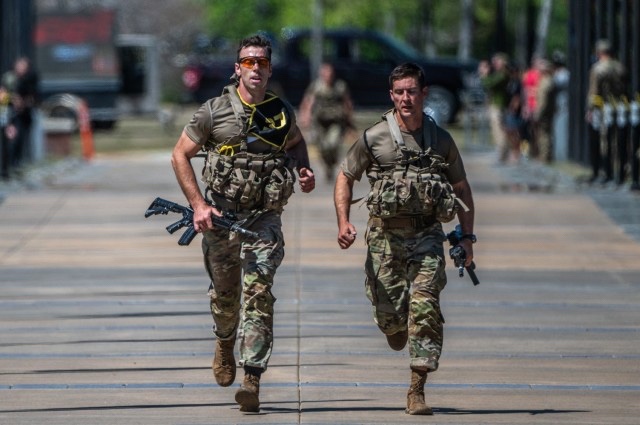
Corson highlighted a lesson he can bring back to his unit. “Competing … brings back the drive to want to compete, the drive to want to win, the drive to do better every day and not give up,” said Corson.
Boyle spoke on why winning the Best Ranger Competition matters to him. ‘We have to go as hard as we can, we have to try to win because that is what our job is because we owe it to everybody we represent,” said Boyle.
The fierce competition coupled with camaraderie displayed throughout the seven-day event made this Infantry Week an incredibly successful event.
Story by Alexander Gago
Photos by Patrick A. Albright, Alexander Gago, and Markeith Horace.


